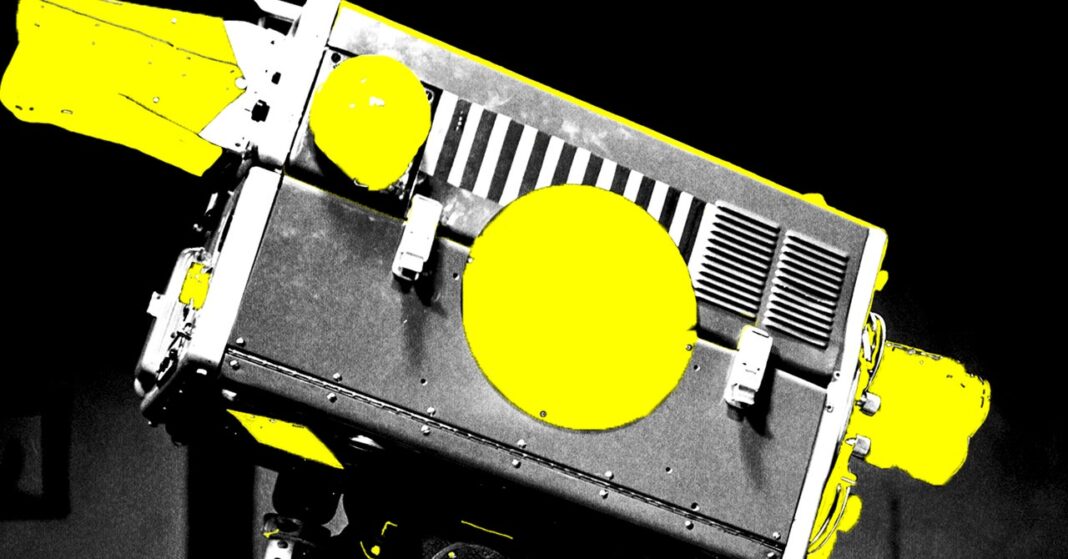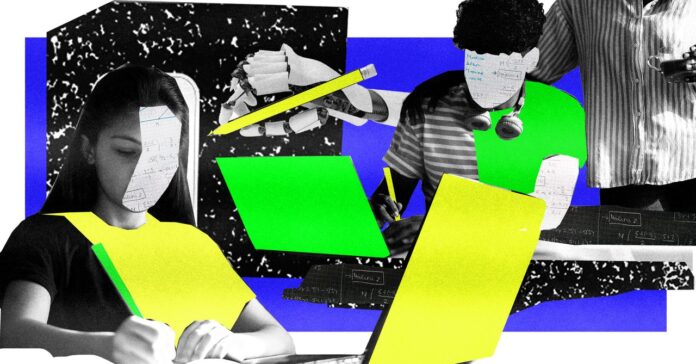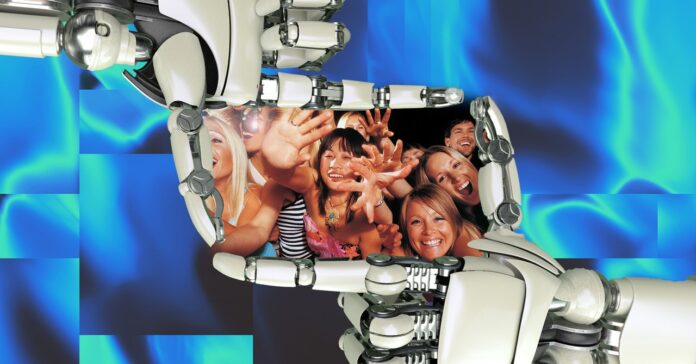In Short:
Eli Collins from Google DeepMind showcased generative AI video tools to the company’s board in 2022. Now, Google plans to introduce the Veo model in YouTube, allowing users to create six-second AI videos using text prompts. This tool aims to enhance creativity, not replace it. Each AI-generated video will be watermarked to identify it. Concerns about quality and authenticity remain.
Eli Collins, vice president of product management at Google DeepMind, initially presented generative AI video tools to the company’s board of directors in 2022. He recalls that despite the model’s slow processing speed, high operational costs, and occasional inaccuracies in output, it was an enlightening experience for the board to witness fresh video clips being generated from random prompts.
New AI Video Generation Tools for YouTube
Fast forward to today, Google has unveiled plans to integrate a tool within the YouTube app that will enable users to generate AI-powered video clips using the company’s Veo model. Users will have the ability to directly post these clips as part of YouTube Shorts. According to Sarah Ali, senior director of product management at YouTube, “Looking forward to 2025, we’re going to let users create stand-alone video clips and shorts. They’re going to be able to generate six-second videos from an open text prompt.” Ali emphasizes that this update aims to assist creators in sourcing footage or conceptualizing imaginative content, and stresses that the Veo AI tool is designed to enhance rather than replace creativity.
Continuation of Generative AI Initiatives
This is not the first instance of Google introducing generative tools for YouTube. This forthcoming innovation represents the most comprehensive AI video integration by the company to date. Earlier in the summer, Google released an experimental tool known as Dream Screen, designed to generate AI backgrounds for videos. Prior to the complete rollout of generated clips next year, Google will enhance the AI green-screen tool by incorporating the Veo model in the upcoming months.
Adapting to a Competitive Landscape
The expansive tech giant has showcased various AI video models in recent years, such as Imagen and Lumiere. However, the company is steering towards a more cohesive vision around the Veo model. Collins stated, “Veo will be our model, by the way, going forward. You shouldn’t expect five more models from us,” although he does anticipate potential future releases.
Google finds itself in a competitive environment with several startups developing their own generative text-to-video tools. The most notable competitor is OpenAI’s Sora, yet it remains unavailable to the public and is limited to a small group of testers. In the realm of widely accessible tools, AI startup Runway has launched numerous versions of its video software, including a recent tool designed to transform original videos into alternative-reality versions.
Concerns Among Creators
The announcement from YouTube arrives at a time when generative AI tools are increasingly contentious for creators, some of whom perceive these advancements as robbing their original work and threatening to undermine the creative process. However, Ali does not believe that generative AI will diminish the authenticity of the creator-audience relationship. She remarked, “This really is about the audience and what they’re interested in—not necessarily about the tools.” Additionally, for creators interested in sharing their process, information will be available in the video description.
Every AI-generated video for YouTube Shorts will feature a watermark powered by SynthID, embedding an imperceptible tag to indicate the video as synthetic, alongside a disclaimer stating “made with AI.”
The Future of YouTube Content
Concerns have emerged regarding whether the upcoming Veo integration may result in an influx of low-quality, spam-like YouTube Shorts dominating user feeds. Ali reassured, “I think our experience with recommending the right content to the right viewer works in this AI world of scale, because we’ve been doing it at this huge scale.” She also reiterated that YouTube’s standard guidelines will remain applicable, regardless of the tools utilized in video creation.
Collins expressed hope that Google’s influence will remain subtle within the outputs of AI-generated videos, aiming for creators to avoid a recognizable “DeepMind model” aesthetic in their content. Achieving alignment between the generated content and the creator’s vision is a fundamental goal, with a focus on diverse adaptability from Veo.
Collins concluded, “A big part of the journey is actually building something that’s useful to people, scalable, and deployable. It’s not just a demo. It’s being used in a real product.” He believes that incorporating generative AI tools directly into the YouTube app could be revolutionary for both creators and DeepMind, marking the first creator-focused product from the company at such a significant scale.





